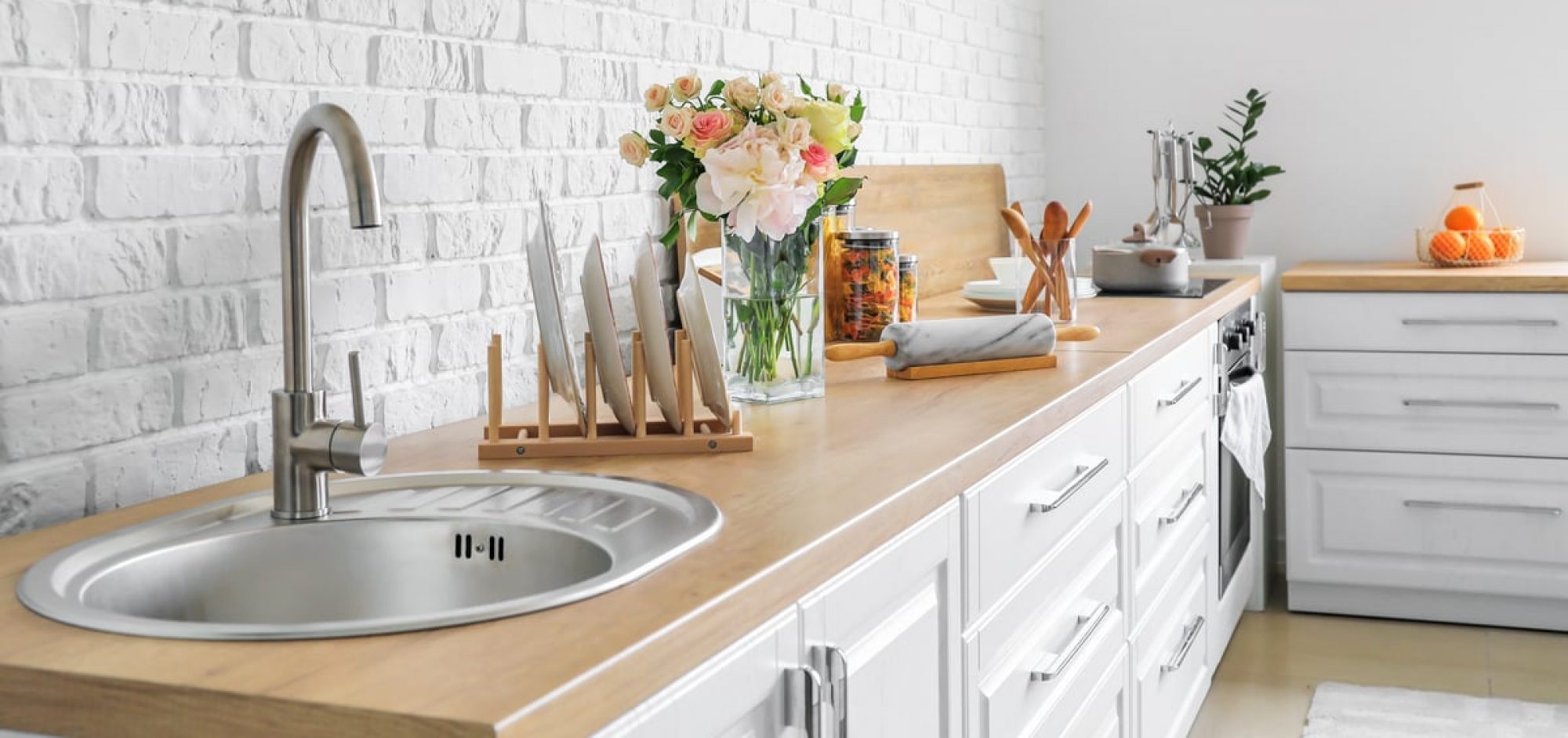Flood waters can do more than ruin your possessions – they can also damage the structural integrity of your home, leading to sagging roofs, collapsed foundations and burst pipes. These issues can be devastating to your property, and the cost of repairing them can easily run into thousands of pounds. That’s why it’s worth bolstering your defences and making your home as resistant to flooding as possible. The following flood barriers for homes uk can help you do just that.
A flood barrier is a demountable shield that can be fitted to a door or gate and can reduce the amount of water that enters your property during a flood. These are a popular option for homeowners in high-risk areas, and they’re often more effective than traditional sandbags when it comes to protecting your belongings. They’re also reusable, so they can be utilised again when the flood waters rise and require more protection.
These can be used to prevent flood waters from entering a small opening (such as a front door or garage) or in larger areas such as tidal promenades and river banks. They can be raised to around 600mm (2ft) in height – government guidelines suggest that this is a safe level of flood protection, but many properties in areas of high risk will have barriers higher than this.
A reputable supplier will offer a range of different sizes and styles of flood barriers for doors, garages and driveways, which can be supplied as stand-alone kits or as part of a complete flood protection package. They will be able to advise on the most suitable solution for your property, and the type of flood barriers you choose will depend on whether you’re looking to protect a single door or your entire property.
Some companies will provide a free online flood risk check service which will instantly tell you how likely it is that your property will be affected by flooding. You can find out more about the status of your home by entering your postcode on the Environment Agency’s website, and you can also sign up to receive flood alerts so that you can be prepared before a storm hits.
The price of a flood barrier will vary depending on the size and scope of the work required. However, a general rule is that the taller the barrier, the more it will cost.
There are a number of other ways you can help make your home more resistant to flooding, including raising door thresholds and installing anti-flood air bricks to cover vents and gaps. Fitting these can cost between PS500-1000, but they’ll save you money in the long run by reducing the need to replace damp walls and floorboards. You can also seal external wall surfaces to make them more waterproof, although this will cost around PS1000 and may require a professional to carry out the work.
The United Kingdom, with its unpredictable weather patterns and coastal regions, faces the constant threat of flooding. As climate change intensifies, the frequency and severity of floods have increased, posing a significant risk to homes and communities. In this scenario, flood barriers emerge as a crucial defense mechanism, offering a shield against the destructive forces of rising waters.Flood barriers, designed to prevent water from entering properties, come in various forms, catering to different types of homes and landscapes. In the UK, where flooding can occur due to heavy rains, overflowing rivers, or coastal surges, implementing suitable barriers becomes essential for protecting homes.
One of the most common types of flood barriers is the demountable barrier. These barriers are versatile, allowing homeowners to install them temporarily when flood threats loom. Typically made of metal, plastic, or wood, demountable barriers can be set up around doorways, windows, and other vulnerable areas. Their removable nature ensures convenience and flexibility for homeowners, enabling quick installation before an anticipated flood event.For properties at higher risk, permanent flood barriers offer a robust solution. These barriers are integrated into the structure of the building itself, providing continuous protection. They often blend seamlessly with the architecture, maintaining the aesthetic appeal of the property while ensuring constant defense against floodwaters. While their installation may involve more significant initial investment and construction work, their long-term effectiveness in safeguarding homes makes them a valuable asset.

